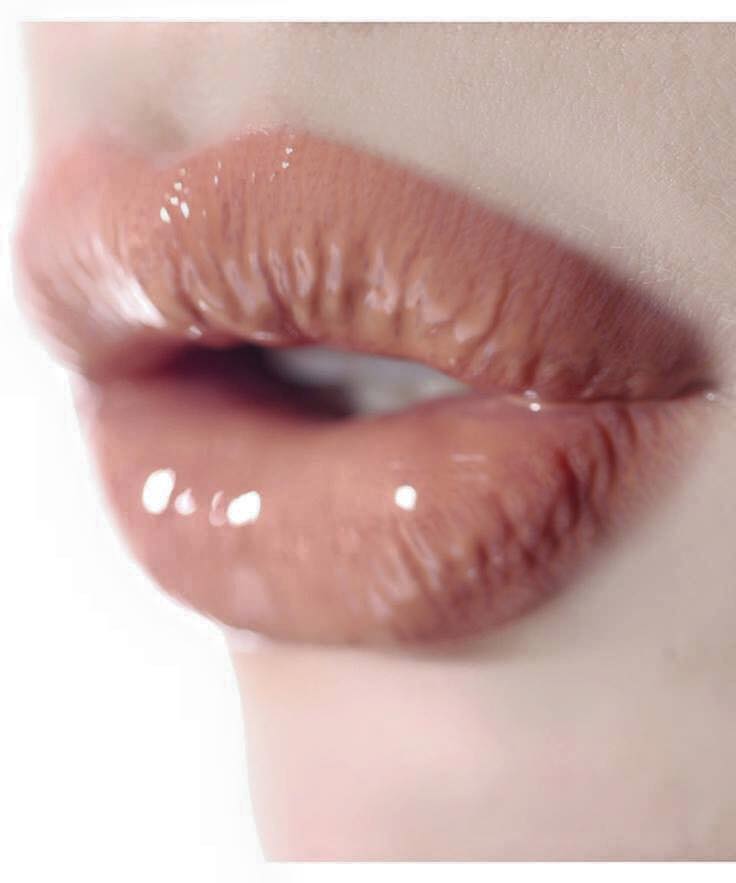
The skin of the body’s front door

The skin is vital in our body that goes beyond the aesthetic-looking. Just think that the living skin daily contact with a whole series of external agents sometimes very harmful, where it exerts a continuous defensive action. The skin consists of three main states superimposed: epidermis, dermis, subcutaneous tissue. Each has a specific role
The epidermis presents outside a state horny is what we see, made up of keratin cells the same substance as fingernails are made. These cells do not always live but will continuously regenerate. In fact, they die all the time and are replaced by others, in a life was calculated that regenerate up to twenty pounds of skin.
The dermis is formed, in its upper part, by semi-conical papillae that protect the capillary system, responsible for the nutrition of the cells. And ‘the dermis that gives skin softness and elasticity.
The hypodermis consisting mainly of fat-rich cells has the function of shock absorber between the dermis and subcutaneous tissues. The fat that make up the hypodermis is a crucial issue in the wrinkle formation mechanism: when, in fact, the fat was thin in a region, the overlying skin is to lose part of its support and form an imperceptible furrow the dreaded wrinkles.
The skin, in all its thickness holds two types of glands: the sebaceous and sweat ones. The first, sebaceous, result in the highest part of the sheaths from which originate the hairs. Their function is to lubricate the skin, with oily substance they manufacture the “sebum.” They are particularly numerous on the sides of the nose and on the eyelids, in the hairy region and the breasts.
Even the sweat glands are distributed all over our skin, but are most numerous in certain specific areas such as the palms of the hands, soles of the feet, armpits, groins, forehead, scalp This leads glands outside by the pores.
SKIN AND THE EIGHT FUNCTIONS
-
The skin is at the same time:
-
Amphora
-
A device respiratory
-
A purifier,
-
An air conditioner,
-
A warehouse
-
A radar
-
A protective enclosure
-
A factory of vitamin.



